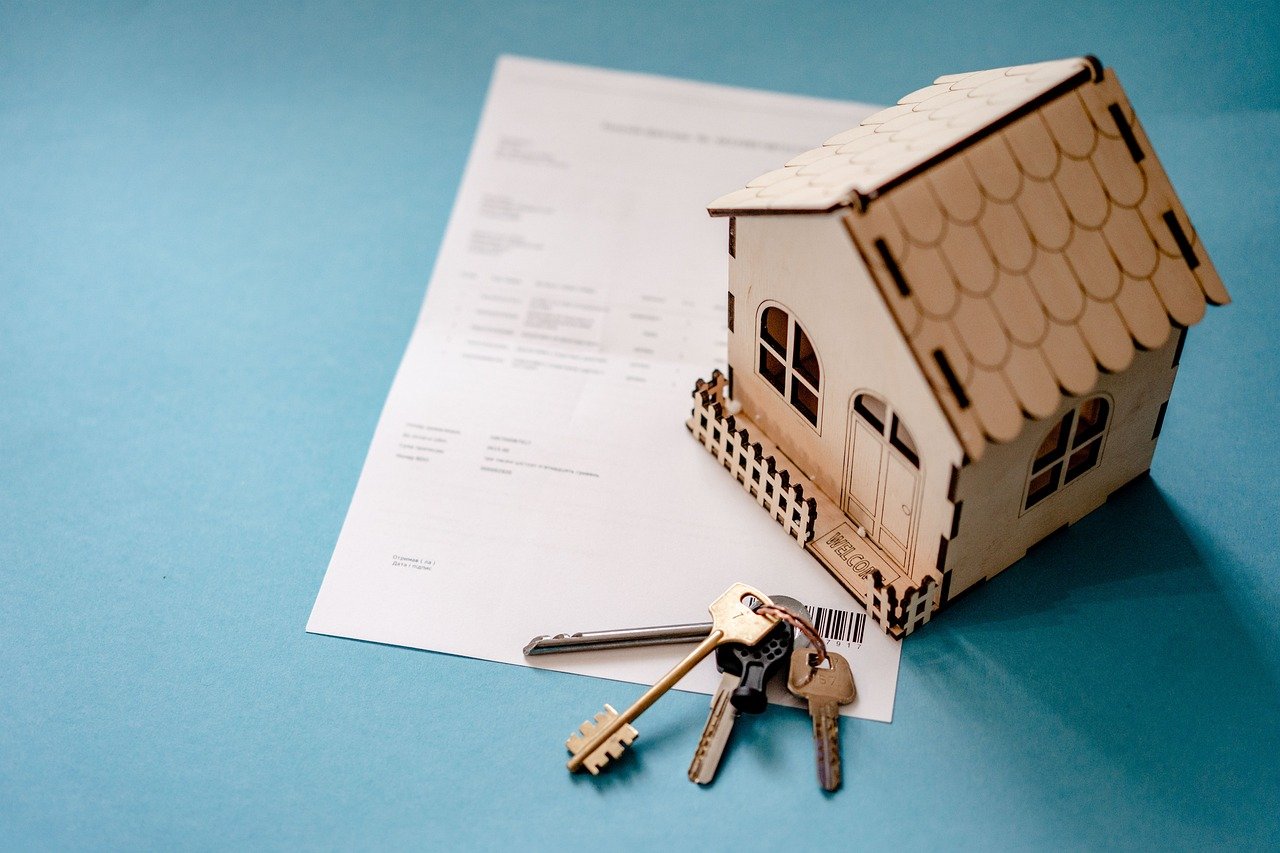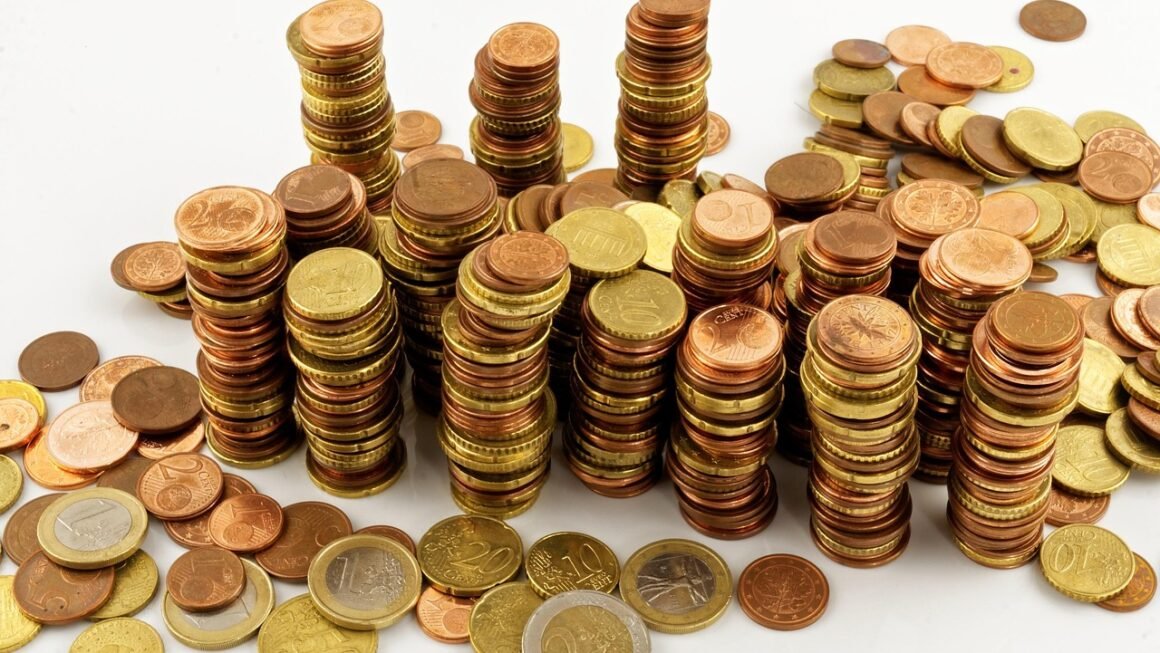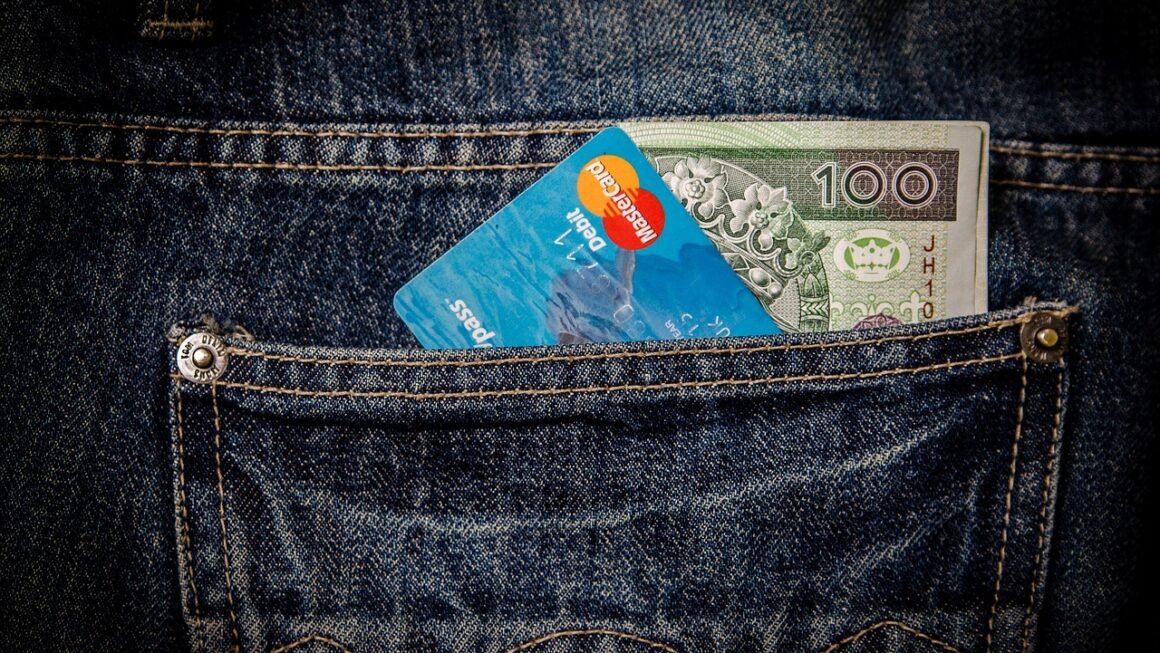Imagine this: your car breaks down unexpectedly, the roof starts leaking, or you suddenly face a job loss. In these unpredictable moments, an emergency fund can be your financial lifeline, providing a cushion to navigate these challenges without derailing your long-term financial goals. This comprehensive guide will walk you through everything you need to know about creating, maintaining, and utilizing an emergency fund, ensuring you’re prepared for life’s unexpected twists and turns.
What is an Emergency Fund and Why Do You Need One?
Defining an Emergency Fund
An emergency fund is a readily accessible pool of money specifically designated to cover unexpected expenses and financial hardships. It’s not meant for vacations, new gadgets, or impulsive purchases. Instead, it’s designed to provide financial security during times of crisis. Think of it as your financial safety net.
The Importance of an Emergency Fund
Having an emergency fund provides numerous benefits:
- Financial Security: It prevents you from going into debt to cover unexpected costs.
- Peace of Mind: Knowing you have a financial buffer reduces stress and anxiety.
- Flexibility: It allows you to address emergencies without disrupting your long-term financial goals.
- Opportunity: It can provide the financial freedom to pursue new opportunities, such as starting a business, if you unexpectedly lose your job.
Real-Life Scenarios Where an Emergency Fund Can Help
Here are some examples of situations where an emergency fund would be invaluable:
- Job Loss: Provides income while you search for a new job.
- Medical Emergency: Covers unexpected medical bills or prescription costs.
- Home Repairs: Pays for urgent repairs to your home, such as a burst pipe or broken furnace.
- Car Repairs: Handles unexpected auto repairs to keep you mobile.
- Unexpected Travel: Funds last-minute travel for family emergencies.
How Much Should You Save in Your Emergency Fund?
The General Rule: 3-6 Months of Living Expenses
The most common recommendation is to save 3 to 6 months’ worth of essential living expenses in your emergency fund. This amount provides a comfortable buffer to cover your needs during unforeseen circumstances.
Calculating Your Essential Living Expenses
To determine your target emergency fund size, calculate your essential monthly expenses. This includes:
- Housing: Rent or mortgage payments, property taxes, and homeowners insurance.
- Utilities: Electricity, gas, water, and internet.
- Food: Groceries and essential household items.
- Transportation: Car payments, insurance, gas, and public transportation costs.
- Healthcare: Insurance premiums, co-pays, and prescription costs.
- Debt Payments: Minimum payments on essential debts like student loans or car loans.
- Example: If your essential monthly expenses total $3,000, your target emergency fund would be between $9,000 (3 months) and $18,000 (6 months).
Factors Affecting Your Emergency Fund Target
Consider these factors when determining your ideal emergency fund size:
- Job Security: If you work in a volatile industry, aim for 6-12 months of expenses.
- Income Stability: If you have an irregular income (freelancer or contractor), a larger fund is recommended.
- Health Status: If you have chronic health conditions, a larger fund can help cover potential medical expenses.
- Dependents: If you have dependents, such as children or elderly parents, consider a larger fund.
- Insurance Coverage: Adequate health, home, and auto insurance can reduce the need for a larger emergency fund.
Where Should You Keep Your Emergency Fund?
High-Yield Savings Accounts (HYSAs)
High-yield savings accounts are a popular choice for emergency funds because they offer higher interest rates compared to traditional savings accounts, allowing your money to grow while remaining accessible.
- Benefits:
Higher interest rates.
FDIC insured (up to $250,000 per depositor, per insured bank).
Easy access to your funds.
- Things to Consider:
Interest rates can fluctuate.
Some accounts may have minimum balance requirements or monthly fees.
Money Market Accounts (MMAs)
Money market accounts are another option that offer competitive interest rates and check-writing privileges, making them convenient for accessing your funds.
- Benefits:
Competitive interest rates.
Check-writing privileges.
FDIC insured.
- Things to Consider:
Interest rates may be slightly lower than HYSAs in some cases.
Some accounts may have minimum balance requirements.
Certificates of Deposit (CDs) – Proceed with Caution
While CDs can offer higher interest rates, they are not ideal for emergency funds because your money is locked up for a specific term, and early withdrawal penalties can apply.
- Consider: If you absolutely need the highest possible return and have a very small amount you can commit, laddering CDs (where you have CDs maturing at different intervals) can be an option, but HYSAs are generally much better.
What to Avoid
- Investing in Stocks or Cryptocurrency: These investments are too volatile for emergency funds.
- Using Credit Cards: Relying on credit cards can lead to debt and high interest charges.
How to Build Your Emergency Fund
Start Small and Automate Savings
Building an emergency fund can seem daunting, but starting small and automating your savings can make it more manageable.
- Set a Goal: Determine your target emergency fund amount.
- Create a Budget: Track your income and expenses to identify areas where you can save.
- Automate Transfers: Set up automatic transfers from your checking account to your savings account each month.
- Start with $50 or $100: Even small contributions can add up over time.
Cut Expenses and Find Extra Income
Look for ways to reduce your spending and increase your income to accelerate your savings.
- Reduce Discretionary Spending: Cut back on non-essential expenses like eating out, entertainment, and subscriptions.
- Negotiate Bills: Contact your service providers to negotiate lower rates on your internet, cable, and insurance bills.
- Find a Side Hustle: Explore opportunities to earn extra income through freelancing, online surveys, or part-time work.
- Sell Unwanted Items: Declutter your home and sell items you no longer need on online marketplaces.
The Debt Snowball or Debt Avalanche Method
If you have high-interest debt, consider using the debt snowball or debt avalanche method to pay it down while simultaneously building your emergency fund.
- Debt Snowball: Focus on paying off the smallest debt first, regardless of interest rate, for quick wins and motivation.
- Debt Avalanche: Prioritize paying off the debt with the highest interest rate first to save money on interest payments in the long run.
- Balance Transfer: Consolidate high-interest credit card debt onto a balance transfer card with a 0% introductory APR.
- Example: Suppose you have $5,000 in credit card debt with a 20% interest rate and $2,000 in student loan debt with a 5% interest rate. Using the debt avalanche method, you would focus on paying off the credit card debt first. Using the debt snowball, you would focus on the student loan debt first (assuming it’s a smaller monthly payment).
Replenishing Your Emergency Fund
Tracking Your Spending and Replenishing After Use
It’s crucial to track your spending and replenish your emergency fund after using it to ensure you’re prepared for future emergencies.
- Track Expenses: Use a budgeting app or spreadsheet to monitor your spending and identify areas where you can cut back.
- Replenish Immediately: As soon as you use your emergency fund, start replenishing it as quickly as possible.
- Adjust Your Budget: Make temporary adjustments to your budget to allocate more funds towards replenishing your emergency fund.
Avoiding Common Mistakes
- Using Your Emergency Fund for Non-Emergencies: Only use your emergency fund for genuine emergencies, not for discretionary spending.
- Failing to Replenish Your Fund: Don’t neglect replenishing your emergency fund after using it. Make it a priority to rebuild your financial safety net.
- Keeping Your Money Where You Can’t Get to It: Emergency funds should be easily accessible. Do not lock them away in long-term investments.
Conclusion
Building and maintaining an emergency fund is a cornerstone of sound financial planning. It provides a safety net during unexpected events, offering peace of mind and financial stability. By understanding the importance of an emergency fund, determining the appropriate amount to save, choosing the right place to keep your funds, and implementing effective savings strategies, you can protect yourself from financial hardship and achieve your long-term financial goals. Take the first step today towards building your emergency fund and securing your financial future.



